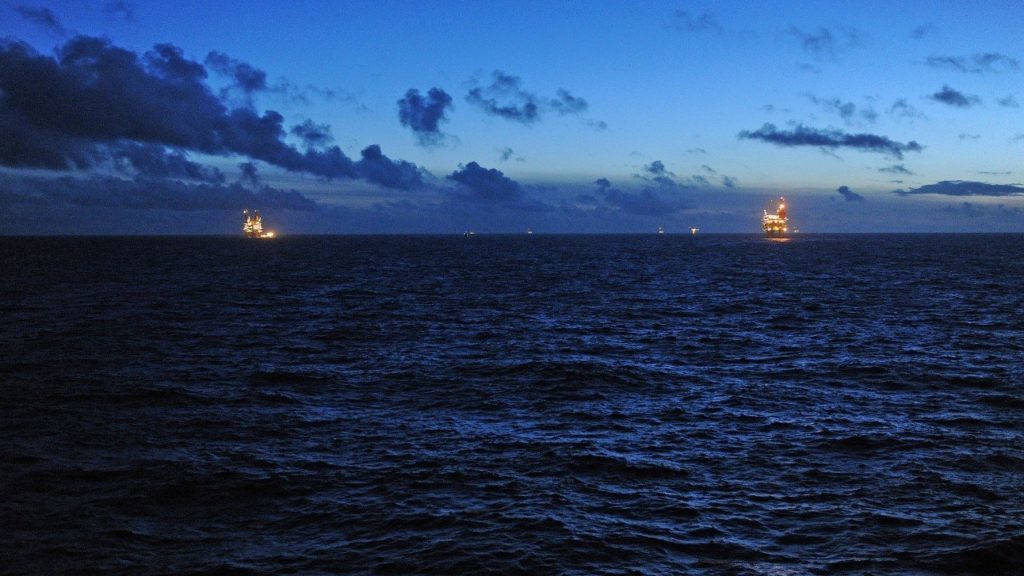
The North Sea yielded an additional 12 million barrel bounty last year thanks to five years of production efficiency (PE) improvements, a new report by the Oil and Gas Authority (OGA) claims.
A 1% improvement in production efficiency, meaning an overall rise to 74% production for 2017, saw an additional 32,000 barrels of oil (BOE) per day from the North Sea in 2017.
The report, UKCS Production Efficiency in 2017, compares actual production to the theoretical maximum economic potential of the fields (and associated infrastructure), compared to previous years.
PE is an important indicator for the industry and the OGA as a core element of production optimisation and asset stewardship performance.
Loraine Pace, the OGA’s head of Performance, Planning and Reporting said: “I’m really pleased that PE has continued to improve year on year in the UKCS. The report shows that industry has worked hard to deploy new technologies and shift towards efficiency cultures which has helped to achieve the 1% improvement.
“Looking ahead, the OGA remains committed to working with all operators in their efforts to further increase PE.”
The OGA’s 2017 UKCS Stewardship Survey undertook a largescale in-depth data analysis in key areas, looking at the major causes of lost production.
According to the report, losses to BOE fell to 200 million in 2017, a significant drop from 210 million the previous year.
The data also revealed that three out of five North Sea regions saw noticeable production efficiency improvements, particularly in the Southern North Sea.
Matt Nicol, Production Efficiency Task Force (PETF) chairman said: “This is positive news that UK production efficiency has risen for a fifth consecutive year to 74% in 2017, despite a challenging end to the year with the unplanned FPS outage.
“Industry’s and individuals’ hard work and focus on best practice and new technology is sustaining these efficiency improvements, and I see many companies and people working together to deliver tangible progress.”
Recommended for you
